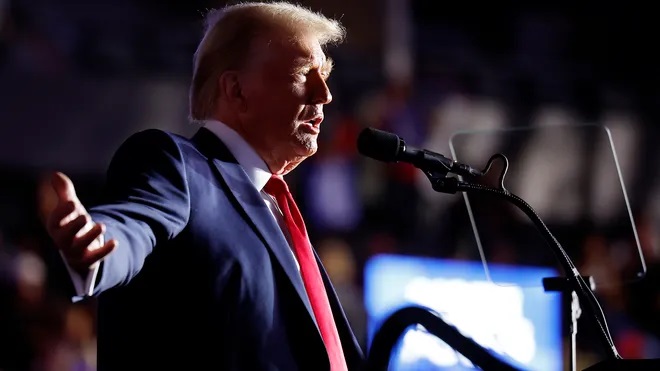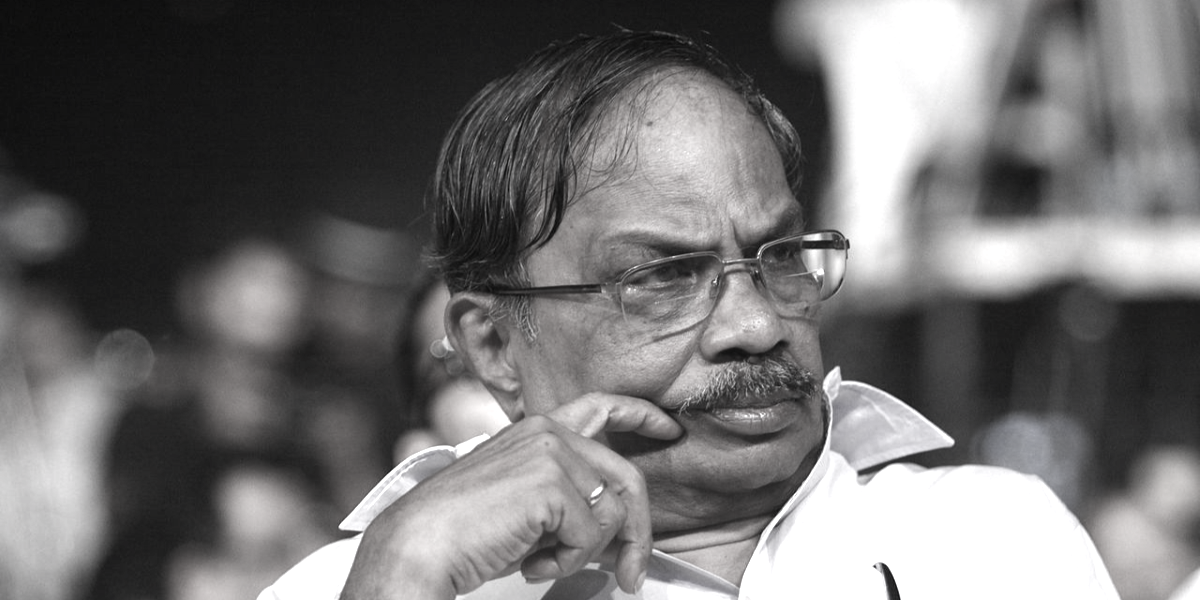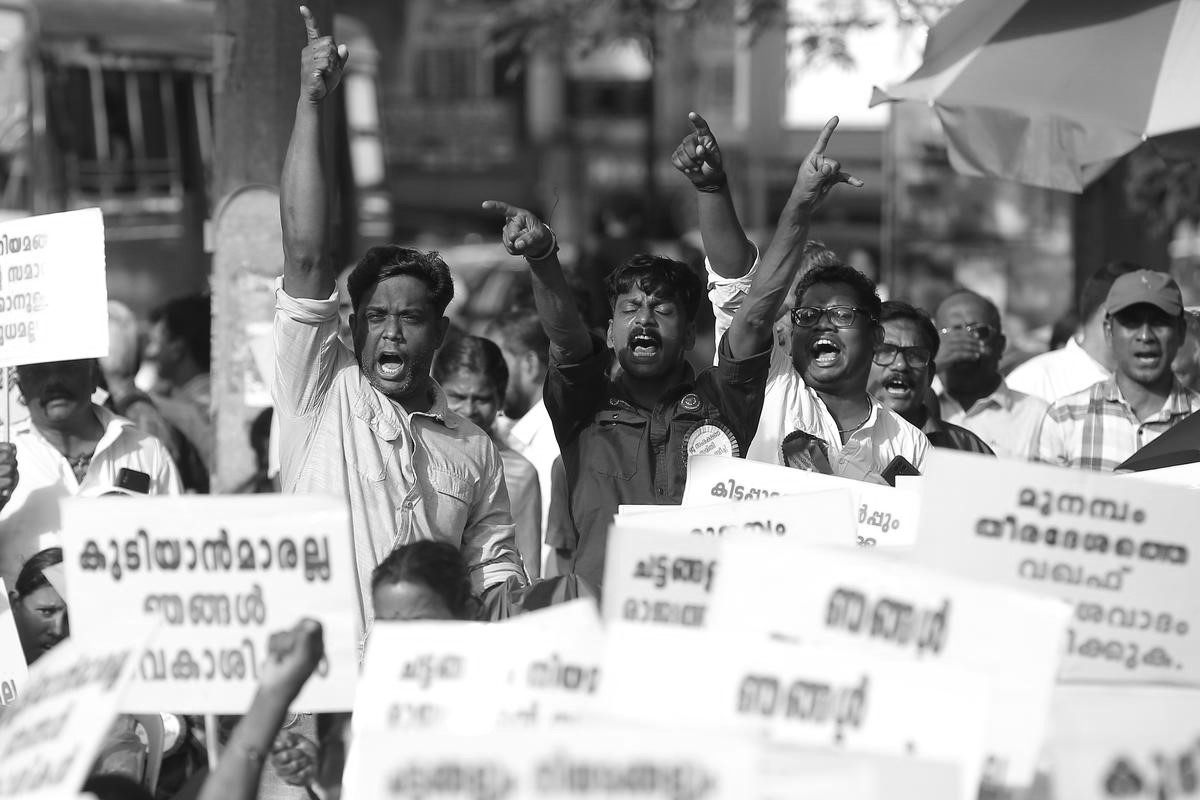First Published in The Wire, 3 February 2022
The gruesome killing of a priest, William Siraj, in Peshawar cast a pall of fear and anger over Pakistan’s minority communities. The shocking incident is again a warning that the menace of both persecution and terrorism continues to threaten the very fabric of the Pakistani state and society, and the religious and ethnic minorities are ever more targeted, for one or other reason.
Christian clergyman William Siraj and his fellow priests were targetted after Sunday services in a local church in Peshawar, the capital of Khyber Pakhtunkhwa province which borders Afghanistan. While priest Nadeem Patrick was wounded, another priest escaped unhurt. According to Peshawar police, the priests were not facing any threats from any sources, yet they called it a ‘terrorist act.’ The city has already witnessed many incidents in the past few years, and the most dreadful was the bombing of the All Saints Church in 2013. The rising violence against the minorities in Pakistan has been further compounded by the resurgence of terrorist activities in the country in the wake of Taliban’s capture of power in Kabul in 2021.
Abbas Ahsan, Capital City Police Officer (CCPO) in Peshawar, said that they were “determined to protect minorities”, adding that a team consisting of officials from the Counter Terrorism Department (CTD) and Peshawar police has been set up to probe the case. Condemning the killing, Hina Jilani, Chairperson of the Human Rights Commission of Pakistan, said the Commission would consider the attack “as a blatant assault not only on Pakistan’s Christian community but on all religious minorities whose right to life and security of person remains under constant threat.” She also demanded additional measures for the protection of minorities.
On Monday, Peshawar’s All Saints church witnessed a memorial service for Father Siraj, attended by more than 3,000 mourners. The service was held at the same church that was attacked by terrorists with bombs and gunfire in 2013 which caused the death of as many as 127 worshippers and hundreds being wounded. Terrorist attacks have intensified across Pakistan over years, but the turning point came after the Pakistani Taliban (Tehrik-i-Taliban Pakistan-TTP) ended a ceasefire with the government in Islamabad last year. The TTP has obviously become emboldened by the Taliban’s capture of power in Afghanistan in mid-August. The scenario has helped them to unleash fresh violence against the minorities in Pakistan.
According to various sources, there was a time when minorities constituted nearly 15 per cent of the population in the main cities. Now they make up less than 4 per cent. Christians today constitute a small minority among them, in this predominantly Sunni Muslim country. Data from Pakistan Bureau of Statistics report of the Sixth Population and Housing Census-2017 showed that Christians make up 1.27 per cent of Pakistan’s population of 207.68 million and the majority of them (1.88 %) live in Punjab. According to Catholic leaders, the data was erroneous and “the true figures were hidden.” Statistics, however, show that nearly half of them belong to the Church of Pakistan, a Protestant church. The remaining are mostly Catholic.
A BBC analysis says that the majority of Christians in Pakistan had their origin as low-caste Hindus during the colonial period. They were apparently descendants of those who were converted to Christianity to escape from caste oppression. Many found menial jobs in garrison towns and remained the poorest sections of the society. Several villages in Punjab have Christian inhabitants who work as labourers and farmhands, as BBC report says. However, there are also sections among the Christian community who remained educated and well off. Some found positions within the administrative system, army, business and law. A number of Christians also left Pakistan to settle abroad, in countries such as Australia and Canada, under pressures of persecution.
According to Minority Rights Group International (MRGI 2014: 6-7), though several prominent figures emerged from the Christian community and that they had “made significant contributions to social sector development in Pakistan,” as was “evident in the building of educational institutions, hospitals and health facilities throughout the country,” they were “rarely featured in the mainstream media or public.” Shaun Gregory says that the Christian community were facing more or less the same pressures and intimidations as all other religious minorities. He further noted: “the commonalities in these experiences flow from the interplay of political, legal, and social factors which create a context of threat, intimidation, powerlessness and violence for many religious minorities” (Gregory 2012: 197).
Mounting persecution and attacks
In several instances, charges of blasphemy have often led to court verdicts and violence against minorities, including Christians. For instance, in September 2020, a Lahore court granted death penalty to Asif Pervaiz, a Christian youth, after finding him guilty of sending ‘text messages’ containing ‘blasphemous content.’ Pervaiz was already in custody for nearly seven years, facing blasphemy charges. Earlier, there were many cases involving minorities, including Ahmadis, Shias and Christians, being accused of blasphemy. The Pakistani Christian woman Asia Bibi’s case is too well known.
In April 2018, there was a firing incident in Quetta in which four Christians were killed. In December 2017, in another attack on a church in Quetta, seven people were killed. In March 2016, in Lahore, a suicide attack targeting Christians celebrating Easter resulted in the death of 70 people and as many as 340 were wounded. Lahore witnessed another suicide bomb blast in March 2015 which killed 14 and injured more than 70 people. The number of people killed in the Peshawar church blast in 2013 went up from the initial causality of 80 to 127.
Even those who are at the helm of affairs are not spared. For instance, the Taliban gunmen shot dead Pakistan’s minorities minister, Shahbaz Bhatti, a champion of reform of Pakistan’s blasphemy laws in 2011. The only Christian in Pakistan’s cabinet, Bhatti was reported to have predicted his own death. In a farewell statement recorded four months ago, he had spoken of threats from the Taliban and al-Qaida.
Nearly 40 houses and a church were set on fire by an angry mob in Gojra town in Punjab in 2009. Eight people were burnt alive in this incident. In 2005, Faizabad saw mobs burning several churches and Christian schools and hundreds of people had to flee their homes. After 1990s, Pakistan witnessed several Christians being convicted under blasphemy regulations and, in many cases, such charges were fuelled by personal feuds or economic reasons.
Concerns of global agencies
The U.S. Commission on International Religious Freedom’s (USCIRF), in its Annual Report 2021 stated that the “issue of abduction, forced conversion to Islam, rape, and forced marriage remained an imminent threat for religious minority women and children, particularly from the Hindu and Christian faiths.” The Report further said that “Pakistani courts systematically failed to protect and provide justice to victims.” Referring to the blasphemy regulations, another USCIRF report found that “implementation of these blasphemy laws made Pakistan the world’s worst offender of blasphemy-related prosecutions and societal violence between 2014 and 2018.” The USCIRF Annual Report 2021 noted that “Sections 295 and 298 of Pakistan’s Penal Code criminalize acts and speech insulting religion or defiling the Qur’an, the Prophet Muhammad, places of worship, or religious symbols.” It said these “vague provisions are frequently abused to levy false accusations against Ahmadis, Shi’a Muslims, Hindus, Christians, Sikhs, and others who do not adhere to the majority Sunni interpretation of Islam.”
In fact, the structural characteristics of the Pakistani state make room for such abuse of laws and regulations, and the legacy of military rule only added fuel to fire. In fact, long years of military rule only emboldened the religious fanatics and fundamentalists. As Siegfried O. Wolf, Director of Research at South Asia Democratic Forum (SADF), observed, “religious minorities, including Christians, are facing severe discriminations in numerous Muslim-majority countries. Yet in no country are Christians so systematically–and institutionally–persecuted and victimised as in Pakistan.” The Research Report of SADF, State persecution of religious minorities in Pakistan: Christians in distress, underlines three major “patterns of state support to the persecution of Christians.” It says (a) “all types of governments, civilian and military, were involved in the persecution and discrimination of Christians; (b) “there is no difference among any of the major political parties regarding discrimination of Christians – all major political parties in Pakistan are engaged in this persecution”; (c) “the Pakistani state is failing to protect its minorities and their rights not because of a lack in capacity but because of a lack in political will.” Besides, it was argued that the withdrawal of the US/NATO combat troops from Afghanistan would “further deteriorate the security and living conditions of Christians in Pakistan.” In fact, this has apparently come true with increasing incidents of attacks on minorities.
Pervez Hoodbhoy in a Dawn article in 2019 wrote: “Pakistan’s minorities live under the boot of the majority and know they cannot speak the truth.” He posed a question, “How can we know which of Pakistan’s minorities — Ahmadi, Christian, Hazara, Hindu, Shia — has had the roughest deal? Hoodbhoy noted: “As structures of hate proliferate across the world, one desperately looks around for those who can intelligently use love and sympathy as tools to dismantle them.”
Travesty of Riyasat-i-Madina
Hardly two weeks before the killing of the Christian priest, Pakistan Prime Minister Imran Khan was so eloquent about Riyasat-i-Madina, the ideal Islamic welfare state. Writing about it, Khan was reminding that Prophet Mohammed had “unified people of diverse ethnic and religious backgrounds into a single community. Besides Muslims, there were Christians, Jews, Sabeans and other groups who were all woven into a unitary communal whole under the state of Madina.”
Does this mean that Pakistan is on the right track and the spirit of the Prophet’s Riyasat-i-Madina is transforming Pakistan?
Pointing to the “cause and effect relationship between rule of law and socio-political harmony,” Khan said that “the most urgent of all challenges facing our country right now is the struggle to establish the rule of law.” He said that “over the last 75 years of Pakistan’s history, our country has suffered from elite capture, where powerful and crooked politicians, cartels and mafias have become accustomed to being above the law in order to protect their privileges gained through a corrupt system.” However, Imran Khan has conveniently skipped the role of religious elite, may be consciously, to legitimise his ‘Good Muslim’ rule.
When Prime Minister Khan launched a public version of the National Security Policy (NSP) document on 14 January, he sought to ensure that it should not be ‘conventional.’ So, he brought in all sorts of securities—most prominently ‘human security.’ While admitting that the “most acute form of efforts to undermine stability and national harmony of a society is terrorism,” the NSP also said that the “exploitation and manipulation of ethnic, religious, and sectarian lines through violent extremist ideologies cannot be allowed. Inculcating interfaith and intersectarian harmony and societal tolerance in all its forms will be prioritised.”
Admittedly, with NSP in place, two things apparently remain prominent—(i) “Pakistan pursues a policy of zero tolerance for any groups involved in terrorist activities on its soil.” (ii) “Action against those producing and disseminating hate speech and material will be swift and uncompromising.”
In less than two weeks after the launching of NSP, a priest has been brutally murdered, and the Prime Minister is yet to reach out to the beleaguered minority. Though the security forces have “widened their manhunt,” the “unidentified assailants” are still to be booked under the ‘zero tolerance’ policy.
Minority communities recall that Qaid-i-Azam Mohammed Ali Jinnah’s call for the protection of minorities in the new state has become ever more relevant today. In his famous 11 August 1947 Speech in the Constituent Assembly of Pakistan, Mohammed Ali Jinnah said:
We are starting in the days when there is no discrimination, no distinction between one community and another, no discrimination between one caste or creed and another. We are starting with this fundamental principle that we are all citizens and equal citizens of one State.
In another speech in Sind on 3 February 1948, Jinnah said:
I assure you that Pakistan means to stand by its oft-repeated promises of according equal treatment to all its nationals irrespective of their cast and creed. Pakistan, which symbolizes the aspirations of a nation that found itself in a minority in the Indian sub-continent, cannot be unmindful of the minorities within its own borders.
Having been victims of long years of persecution and killing, many minority communities feel that they “didn’t deserve this mistreatment” because of their contributions to the making of this country. But, as Hoodbhoy observed, “their appeals to the so-called “Quaid’s Pakistan” and his Aug 11, 1947, speech” were desperate attempts to sustain themselves in a beleaguered condition. He says: “…let us not blame these desperate people for clutching at straws; Pakistan’s minorities live under the boot of the majority and know they cannot speak the truth.”
Many would say that the test of a democracy is how the smallest minority of that country is protected. The ‘testing time’ for Pakistan is how its fledgling democracy can be protected under conditions of ‘deep state’ and its praetorian state apparatuses.




